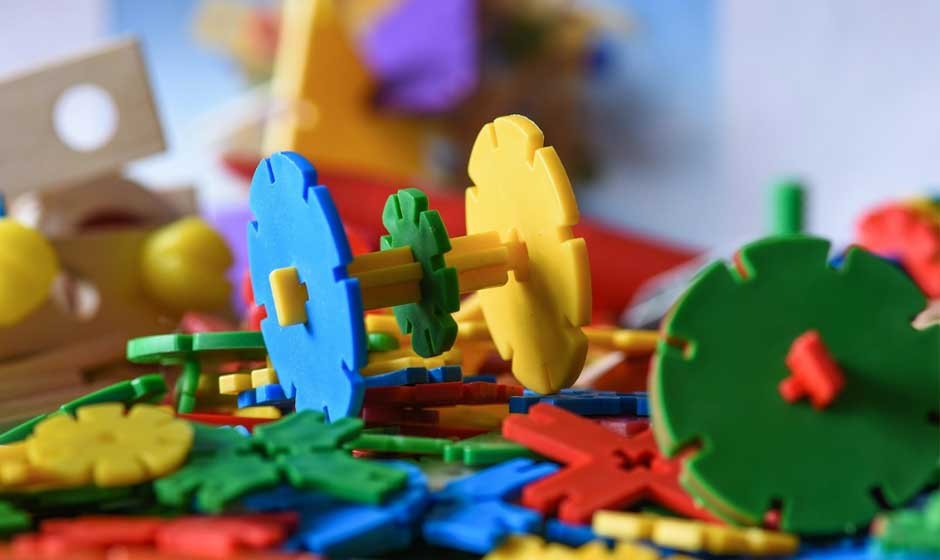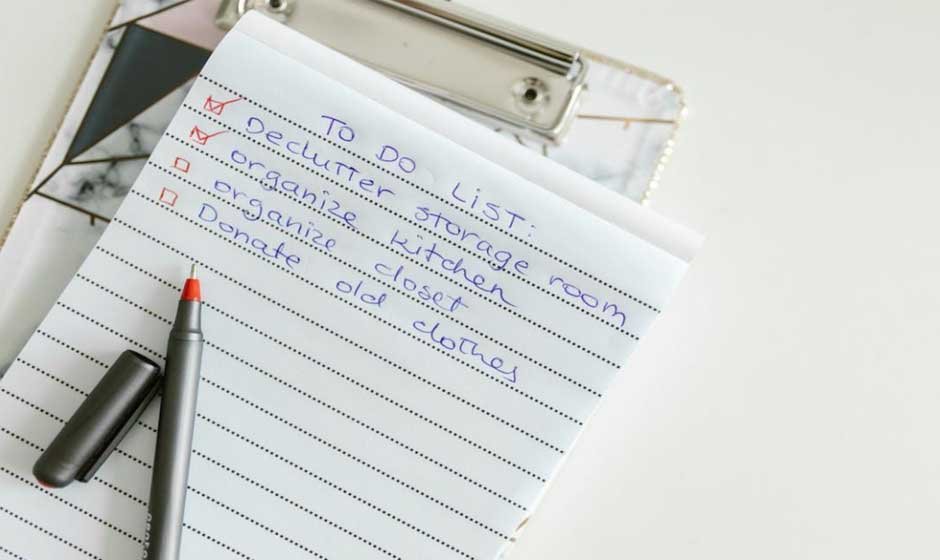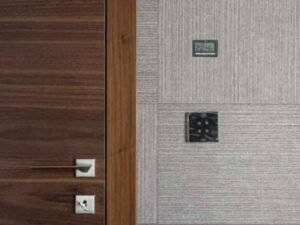A cluttered home can quickly become a source of stress, especially in busy households where there’s little time to organize or tidy up. Between work schedules, school drop-offs, after-school activities, and everyday life, it’s easy for items to pile up and for organization to fall by the wayside. But you don’t have to be a minimalist or have hours of free time to enjoy the benefits of a well-organized home. With the right strategies and mindset, decluttering can be simple, sustainable, and surprisingly satisfying.
Decluttering isn’t just about throwing things away, it’s about making space for what matters. A tidy, organized environment supports mental clarity, reduces anxiety, and helps families operate more smoothly on a daily basis. The key is finding methods that work with your lifestyle, not against it. If you’re feeling overwhelmed by stuff, here are practical and realistic ways to reclaim control of your space, even with a packed schedule.
Use Storage Solutions That Work for You
The first step in effective decluttering is having somewhere to put the things you decide to keep. Not everything has to stay in your home. For seasonal items, keepsakes, or equipment that you need but don’t use daily, off-site storage can be a game-changer. Many families find relief in knowing they can create breathing room at home without having to part with valuable or sentimental belongings. Storage units offer convenient storage space that helps manage overflow without creating more clutter in your closets or garage. Whether you need a temporary solution during a move or a long-term option for rarely used items, these units provide a flexible way to store items that are important but don’t belong in your everyday space.
Beyond off-site options, evaluate your home for smart storage opportunities. Invest in furniture with hidden compartments, under-bed bins, and vertical shelving. Label everything. When every item has a place, cleanup becomes easier—and more likely to happen.
Break the Process Into Manageable Time Blocks
Decluttering doesn’t have to be an all-day affair. In fact, setting aside just 15 or 20 minutes a day can make a noticeable impact over time. The trick is consistency. Choose a specific time, perhaps after dinner or during a weekend morning, and dedicate it to tackling a small area.
Start with manageable zones like a drawer, a corner of the living room, or a single kitchen cabinet. Set a timer to create a sense of urgency, which helps prevent overthinking. Give yourself permission to stop when the timer goes off. This method is less overwhelming and more sustainable, especially for busy families with limited downtime.
Establish a “Catch-All” Basket System
In homes with kids or multiple people, items inevitably end up where they don’t belong. Create a system of baskets, one for each family member, where miscellaneous items can be placed temporarily. At the end of the day or week, each person is responsible for returning their items to their proper place.
This approach minimizes the stress of misplaced belongings and makes tidying a shared responsibility. It helps children learn accountability and ownership of their spaces. Place the baskets in a central location, such as a mudroom, hallway, or entryway, for easy access.
Implement the One-In, One-Out Rule
One of the simplest ways to prevent future clutter is to establish boundaries for incoming items. The “one-in, one-out” rule helps you maintain balance by requiring you to remove one item from your home for every new item you bring in.
Buy a new sweater? Donate or toss an old one. Pick up a new toy for the kids? Pass on something they’ve outgrown or no longer use.
Donate or Recycle Responsibly
One of the biggest obstacles in decluttering is not knowing what to do with the stuff you no longer want. Make it easier on yourself by identifying local donation centers, consignment shops, or recycling programs in advance. Some charities will even pick up items from your home, which can be especially helpful when clearing out larger items like furniture or appliances.
Set up clearly marked bins for “donate,” “recycle,” and “trash” while sorting. This speeds up decision-making and creates a clear path for action once your decluttering session ends. Keeping these bins in an accessible location encourages ongoing decluttering as you go about daily life.
Focus on Function Over Perfection
It’s easy to fall into the trap of Instagram-worthy spaces or Pinterest perfection, but decluttering isn’t about creating a showroom. It’s about making your home work better for the people who live there. Function should always come first.
Ask yourself: Does this item serve a purpose? Does it bring joy? Is it in the way or making daily life harder? The goal isn’t to eliminate all your belongings, it’s to create an environment where everything you own serves a clear role in your life.

Progress may be gradual, but each small win adds up to meaningful change. The more you practice these habits, the easier they become, until maintaining a tidy, functional home feels less like a chore and more like a way of life.










